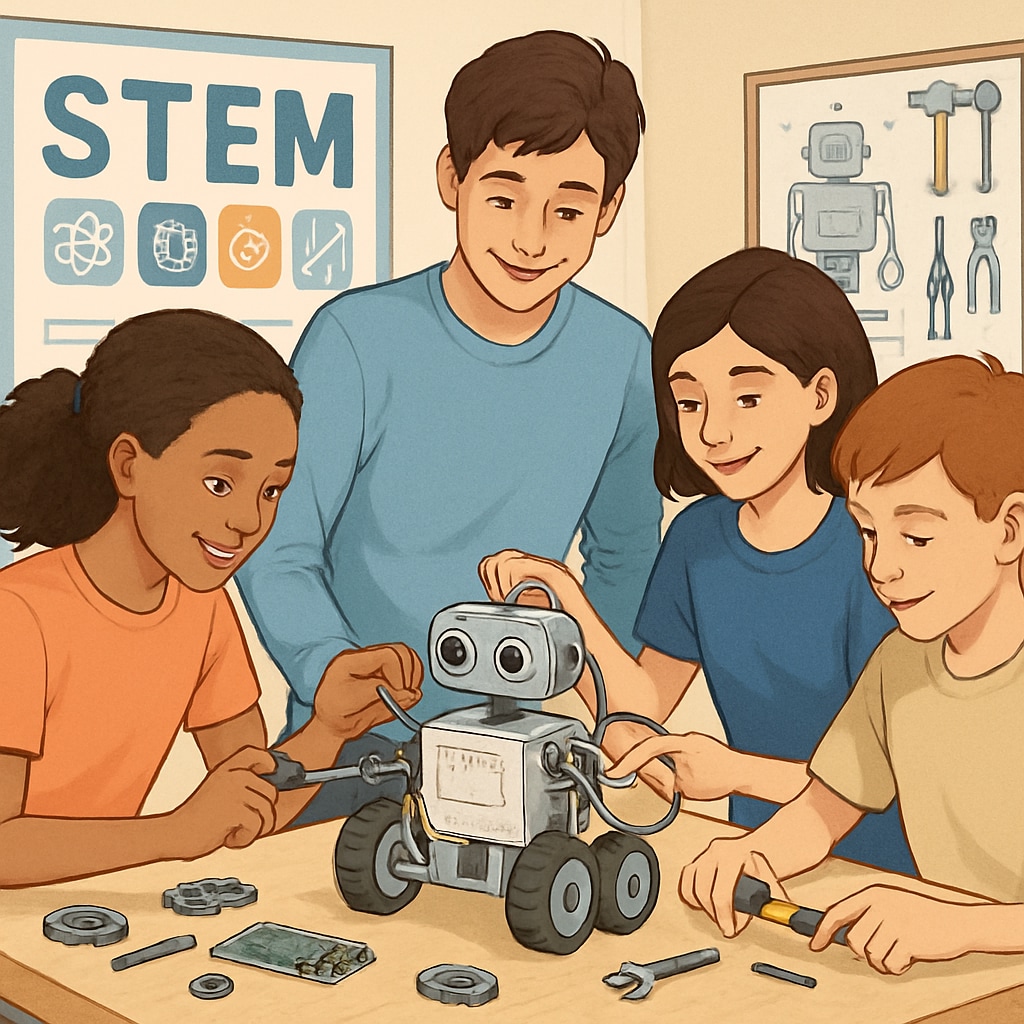As students begin their final year of high school, the pressure to excel academically and plan for the future reaches its peak. Extracurricular education resources, including diverse learning opportunities and specialized courses, can serve as a catalyst for personal and academic growth. By taking advantage of free online platforms, local community initiatives, and tailored programs, students can gain a competitive edge and broaden their horizons.
Unlocking Opportunities Through Online Platforms
Online platforms provide an accessible and often free gateway to additional learning. Websites like Khan Academy offer comprehensive educational courses across subjects like math, science, and humanities. Similarly, platforms such as Coursera and EdX allow students to explore university-level courses, some of which offer certificates upon completion. These tools are ideal for self-paced learners aiming to enhance their knowledge in specific areas.

Community Programs: Learning Beyond the Classroom
Community-based initiatives are another valuable resource for students. Libraries often host workshops or provide access to tutoring services, while local organizations may offer mentorship programs focused on career exploration. For example, STEM-focused groups might run coding bootcamps or engineering challenges designed for high school students. Engaging in these activities not only builds practical skills but also fosters connections with professionals in relevant fields.

Specialized Education Courses for Career Preparation
Extracurricular courses tailored to specific fields can help students prepare for their future careers. For instance, students interested in healthcare can enroll in first aid or basic medical training programs. Similarly, those leaning toward creative industries might benefit from graphic design or video editing workshops. Such focused learning opportunities allow students to explore their passions while gaining marketable skills.
Key tips for finding resources:
- Research local community centers for free or low-cost programs.
- Check school bulletin boards for announcements about extracurricular activities.
- Network with teachers or counselors who may know of external learning opportunities.
Balancing Time and Resources Effectively
While extracurricular learning is highly beneficial, it is essential to manage time wisely. High school students are often tasked with balancing rigorous academic demands alongside extracurricular pursuits. Setting clear priorities and creating a structured schedule ensures that extracurricular activities complement, rather than hinder, academic success.
Additionally, focusing on a few high-impact programs or courses rather than overloading with too many commitments can lead to greater success. Quality always trumps quantity when it comes to resource selection.
In conclusion, by leveraging extracurricular education resources, students can transform their final year of high school into a period of exploration and growth. Whether through free online platforms, local community programs, or specialized courses, these resources provide the tools necessary for academic and personal success. Start your treasure hunt today and unlock your full potential!


